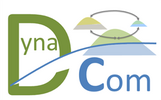Contact
Principal Investigators
PhD Students
Research Groups
Subproject 3
Trait-based terrestrial consumer metacommunities in space and time
In coastal ecosystems, invertebrate consumer communities are strongly shaped by colonization and extinction dynamics. These are driven by species´ traits such as body size, mobility or trophic position. We combine experimental (experimental islands) and observational approaches in salt marsh systems to study community dynamics in terrestrial invertebrates. A wide range of taxa is studied both above and below the ground. A major goal of the project is to understand the structure of salt marsh food webs and the origin (marine or terrestrial) fuelling these food webs.
In Phase 1 of DynaCom we focused on investigating the above- and belowground food web along the marine – terrestrial boundary from the pioneer zone to the lower salt marsh to the upper salt marsh on the island of Spiekeroog. A wide range of taxa was investigated, for example: carabid (Carabidae) and staphylinid beetles (Staphylinidae), gamasid (Gamasida) and oribatid mites (Oribatida) as well as springtails (Collembola). We also investigated spatial and temporal dynamics in microbial communities that form the basis of the food web. For these analyses, we used phospholipid fatty acid analysis (Rinke et al. 2022a). The results suggest that microbial communities are remarkably stable in time (spring, summer, autumn), but vary strongly along salt marsh gradients as well as with soil depth. Neutral lipid fatty acid analysis indicated that the soil animal food web predominantly relies on bacteria and plant-derived carbon in the salt marsh; algae and marine resources played only a minor role (Rinke et al. 2022b). Stable isotope analysis (13C, 15N) confirmed that soil animal communities are fuelled predominantly by resources originating from terrestrial higher plants. Only certain species of the pioneer zone received a certain fraction of their carbon out of the marine system; the food web of the lower and upper salt marsh almost exclusively relies on autochthonous resources originating from terrestrial higher plants (Rinke 2022b).
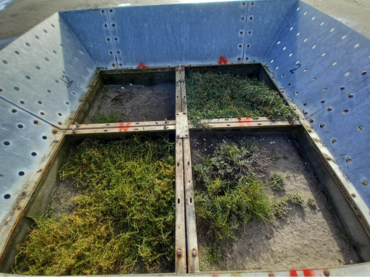
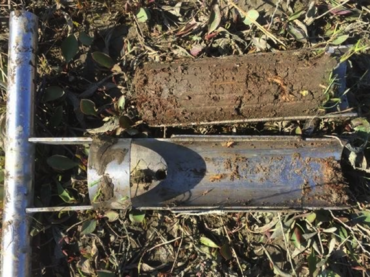
Phase 2 builds closely on the results of Phase 1, but extends investigating marine – terrestrial gradients of the salt marsh fauna across three Friesian islands (Spiekeroog, Wangerooge, Norderney). Further, we extend approaches analysing food web structure and functioning. This includes molecular gut content analyses to trace prey in aboveground consumer chains and compound specific stable isotope amino acid analysis to investigate trophic position, the use of basal resources and energy channelling through major above- and belowground consumer groups of salt marshes. These approaches are combined with trait analysis and community phylogenetics allowing insight into assembly processes of coastal animal communities and identifying traits responsible for community assembly. The project closely collaborates with other projects in DynaCom investigating plant communities, marine food webs and modelling approaches (SP1, 2, 4, 5, 7 and 10).
Overall, the subproject will allow novel insights into community structure and dynamics in highly dynamic intertidal ecosystems.
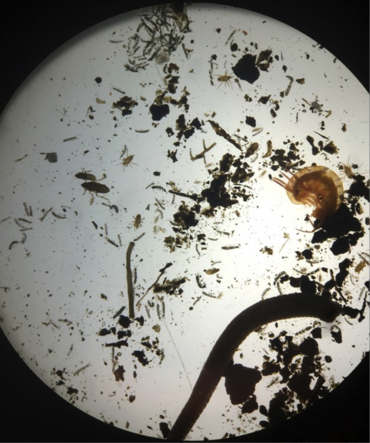
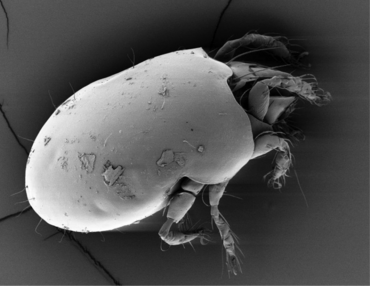
References
Rinke, M. (2022) The structure of coastal invertebrate communities and their temporal and spatial dynamics. PhD thesis, University of Göttingen. Rinke, M., Maraun, M., Scheu, S. (2022a) Spatial and temporal variations in salt marsh microorganisms of the Wadden Sea. Ecology and Evolution 12:e8767 https://doi.org/10.1002/ece3.8767 Rinke, M., Bendisch, P., Maraun, M., Scheu, S. (2022b) Trophic structure and origin of resources of soil macrofauna in the salt marsh of the Wadden Sea: a stable isotope (15N, 13C) study. BMC Ecology and Evolution 22, 85 https://doi.org/10.1186/s12862-022-02039-0



